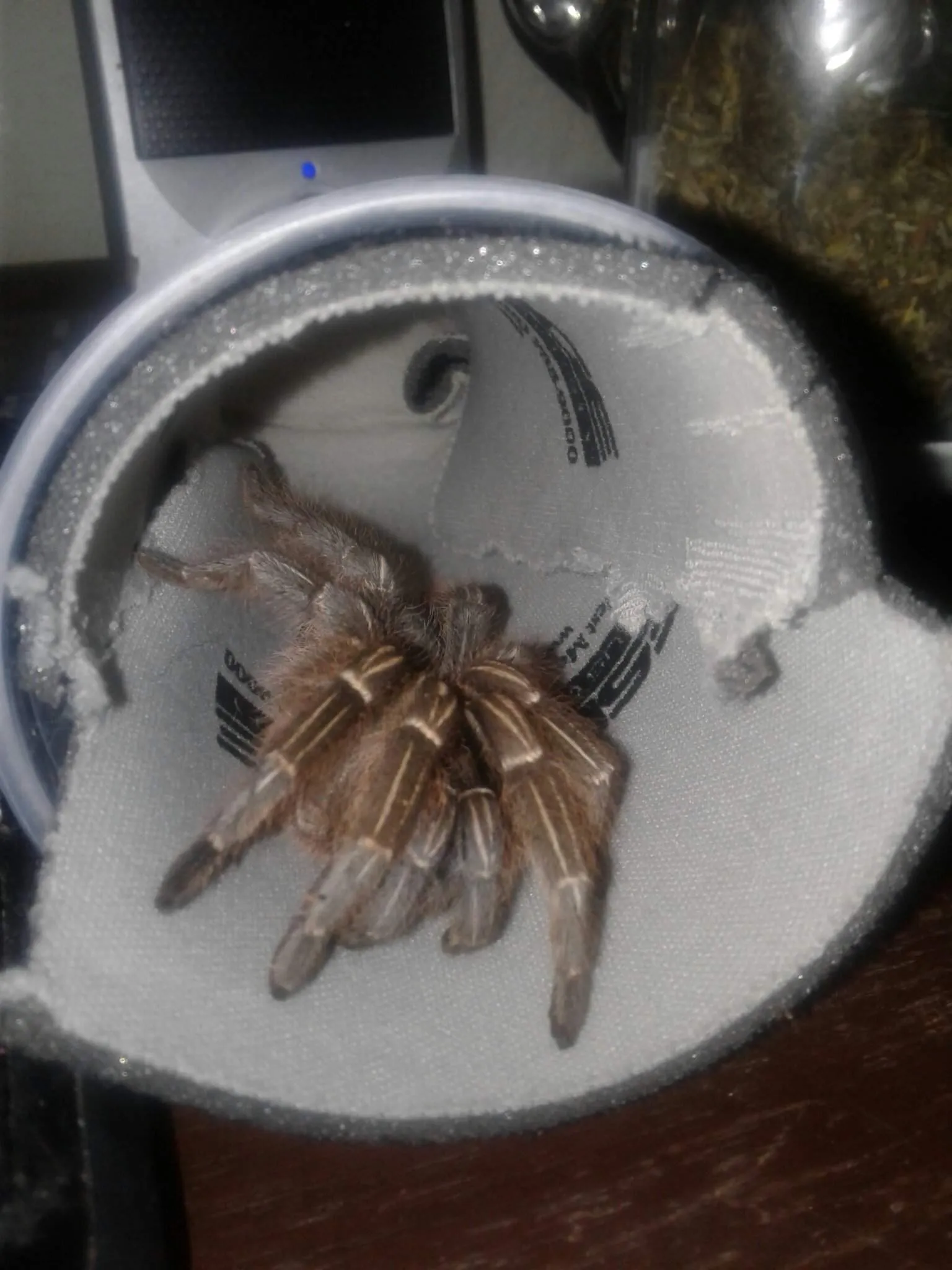The allure of owning an exotic pet is undeniable, and tarantulas, with their impressive size and unique appearance, often top the list. However, the question of whether you can keep a wild tarantula as a pet is complex, involving legalities, ethics, and the welfare of the animal. This guide provides a comprehensive overview of everything you need to consider before you even think about catching a tarantula from the wild. It explores the legal aspects, the potential risks to both you and the tarantula, and highlights more responsible alternatives for those who wish to enjoy these fascinating creatures.
Is Keeping a Wild Tarantula Legal?
The legality of keeping a wild tarantula varies significantly depending on your location. In most places, capturing or possessing wildlife, including tarantulas, is heavily regulated. The regulations aim to protect both the animals and the ecosystems they inhabit. Ignorance of the law is no defense, so before you even consider bringing a wild tarantula into your home, it is crucial to understand the legal landscape where you live.
Federal and Local Laws
At the federal level, laws such as the Endangered Species Act may protect certain tarantula species. State and local laws often have even stricter regulations. Some areas may prohibit the capture or possession of any wildlife without a permit, while others may limit the number or type of animals you can keep. Researching these laws is the first and most critical step. Contacting your local wildlife authorities or environmental protection agency is highly recommended. They can provide precise information on the regulations applicable to your specific area.
Permits and Regulations
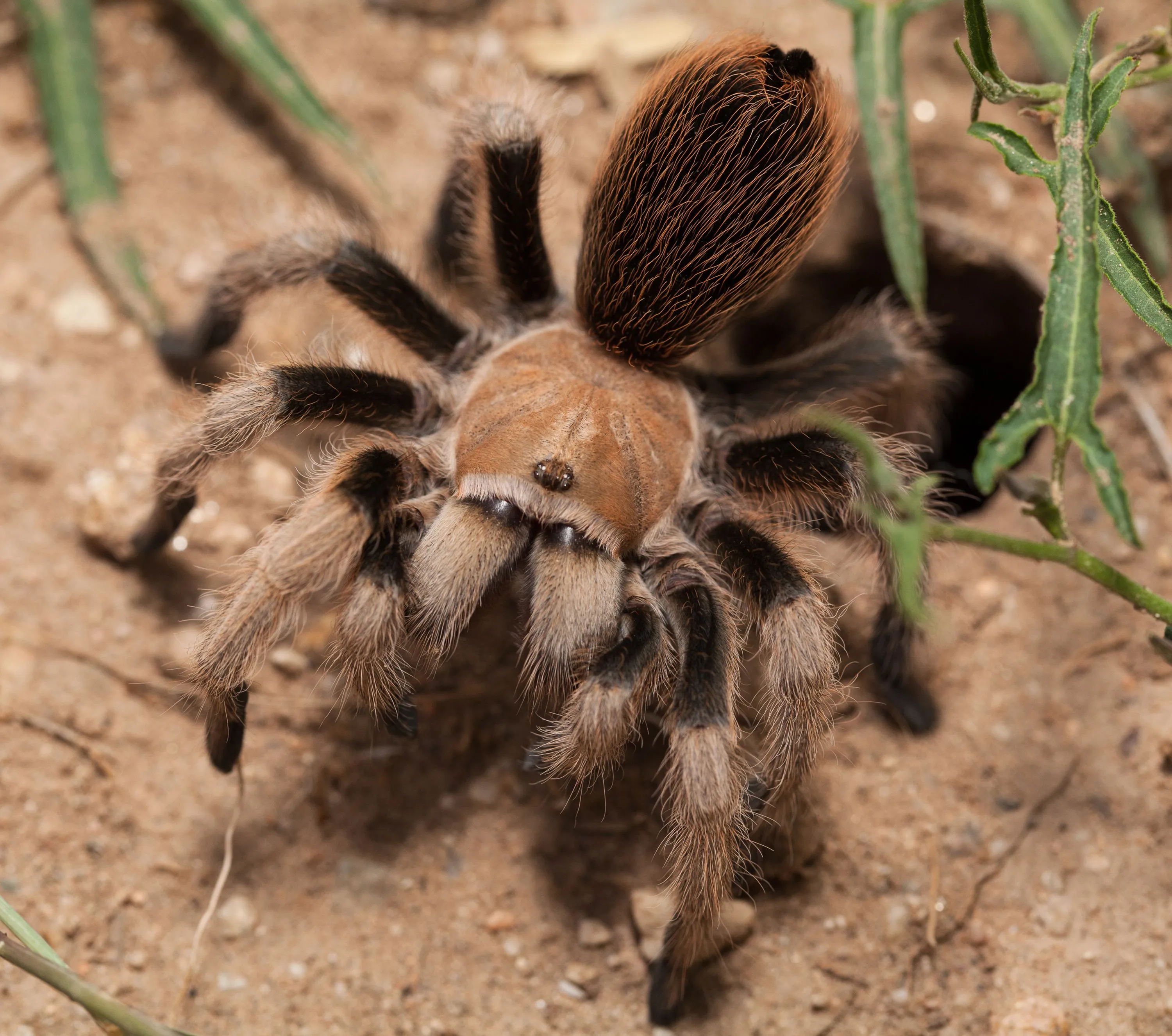
If keeping a tarantula is permitted in your area, you will likely need to obtain specific permits. These permits often come with requirements, such as providing a suitable enclosure, demonstrating knowledge of tarantula care, and agreeing to regular inspections. The process for obtaining a permit can vary, but it usually involves submitting an application, paying a fee, and potentially undergoing an inspection of your proposed living space for the tarantula. Failing to comply with permit conditions can lead to fines or even legal action, so it’s critical to understand and adhere to all permit requirements.
Risks of Keeping a Wild Tarantula
Even if it’s legal to keep a wild tarantula, there are numerous risks to consider. These risks involve your health, the potential dangers of handling the tarantula, and the overall impact on the animal. These creatures are not domesticated and can be unpredictable, making them different from keeping cats and dogs as pets. Understanding these risks is essential to making a responsible decision.
Health Risks
Tarantulas possess venom, delivered through their fangs, and while not typically life-threatening to humans, their bite can cause pain, swelling, and other unpleasant symptoms. The severity of the reaction varies depending on the tarantula species and the individual’s sensitivity. Moreover, wild-caught tarantulas may carry parasites or diseases that could pose a health risk to you. Handling these animals without proper precautions can expose you to these potential dangers.
Handling Hazards
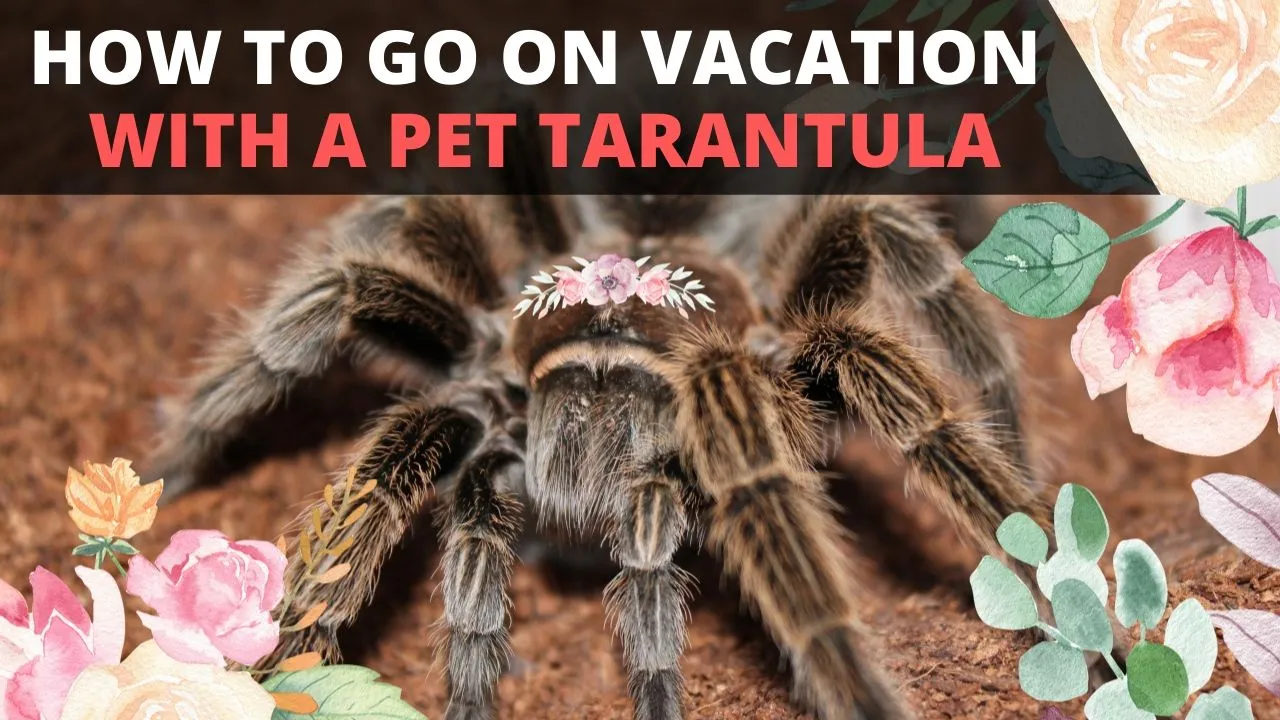
Tarantulas are fragile creatures, and handling them incorrectly can lead to injury. A fall from a significant height can be fatal for a tarantula. Some species also have urticating hairs, which they can flick into the air as a defense mechanism. These hairs can cause skin irritation, itching, and respiratory problems. The stress of being handled can also make a tarantula more defensive, increasing the likelihood of a bite. Handling wild tarantulas is generally not recommended unless you have experience and understand the risks.
Impact on the Tarantula
Capturing a wild tarantula disrupts its life. Removing it from its natural habitat deprives it of the resources it needs to survive, such as food, shelter, and mates. The stress of capture, transport, and confinement can weaken the tarantula’s immune system, making it more susceptible to disease. The captive environment may not meet the tarantula’s specific needs, leading to stress, poor health, and a shortened lifespan. Moreover, the tarantula may not adapt to the enclosure, and its natural behaviors might be suppressed.
Ethical Considerations
Beyond the legal and practical aspects, keeping a wild tarantula raises ethical questions about animal welfare and conservation. It’s important to consider the broader implications of your actions and whether they align with your values.
Tarantula Welfare
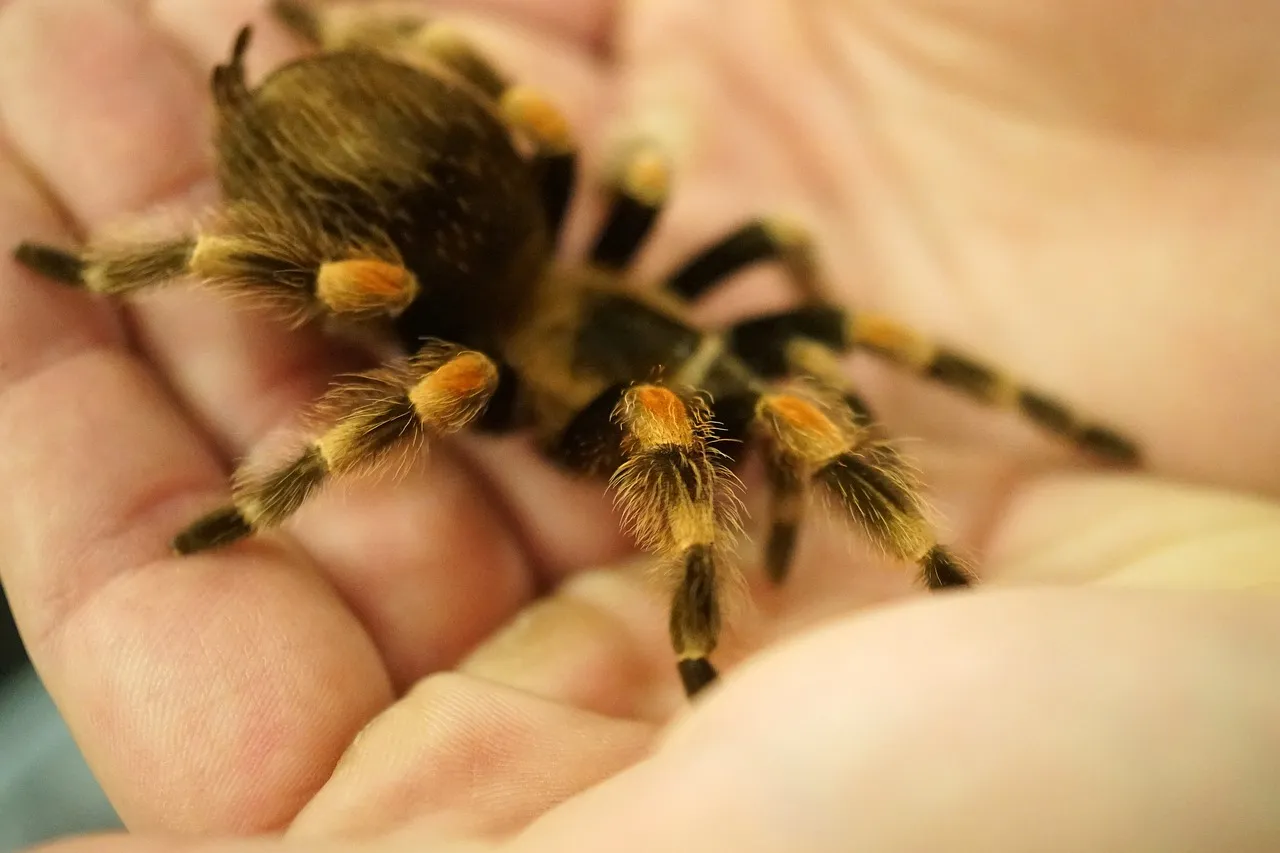
Tarantulas have complex needs, and providing for those needs in captivity can be challenging. Wild tarantulas have adapted to specific environmental conditions. Replicating these conditions in a home environment requires a deep understanding of the species and a commitment to providing appropriate housing, temperature, humidity, and diet. Failing to meet these needs can lead to suffering and a reduced quality of life for the tarantula. The goal should always be to provide an environment that promotes the animal’s well-being.
Ecological Impact
Removing tarantulas from the wild can have negative consequences for the ecosystem. Tarantulas play a role in their natural habitats, such as controlling insect populations and serving as prey for other animals. Removing them can disrupt the food chain and contribute to broader environmental imbalances. This is especially true if tarantulas are taken in large numbers or if the species is already facing population declines. It’s essential to consider your actions’ potential impact on the environment.
Alternatives to Wild Tarantulas
Fortunately, there are more ethical and responsible alternatives to keeping wild tarantulas. These options allow you to enjoy these fascinating creatures without the legal, health, and ethical concerns associated with capturing them from the wild.
Buying Captive-Bred Tarantulas

Captive-bred tarantulas are raised specifically for the pet trade, and purchasing them supports responsible breeding practices. Breeders often have a good understanding of the species’ needs and can provide valuable advice on care. Buying a captive-bred tarantula reduces the pressure on wild populations and ensures that the animal is accustomed to a captive environment. When purchasing, always research the breeder and ensure they are reputable and prioritize the welfare of their animals. Inspect the tarantula for signs of health, such as a robust abdomen and active behavior, and look for clean, well-maintained housing.
Adopting a Tarantula
Occasionally, tarantulas are available for adoption through rescue organizations or individuals who can no longer care for them. Adopting a tarantula gives a second chance to an animal in need and supports responsible pet ownership. Adoption fees are often lower than the cost of purchasing from a breeder, and adoption organizations may provide valuable information and support to help you care for your new pet. Before adopting, it’s important to assess your ability to provide the necessary care and ensure you have the space, time, and resources to meet the tarantula’s needs.
Providing Proper Tarantula Care
Whether you choose to acquire a captive-bred tarantula or adopt one, providing proper care is crucial for their well-being. This includes creating a suitable habitat, offering a balanced diet, and providing opportunities for enrichment. Proper care ensures a healthy and fulfilling life for your pet tarantula.
Housing and Habitat
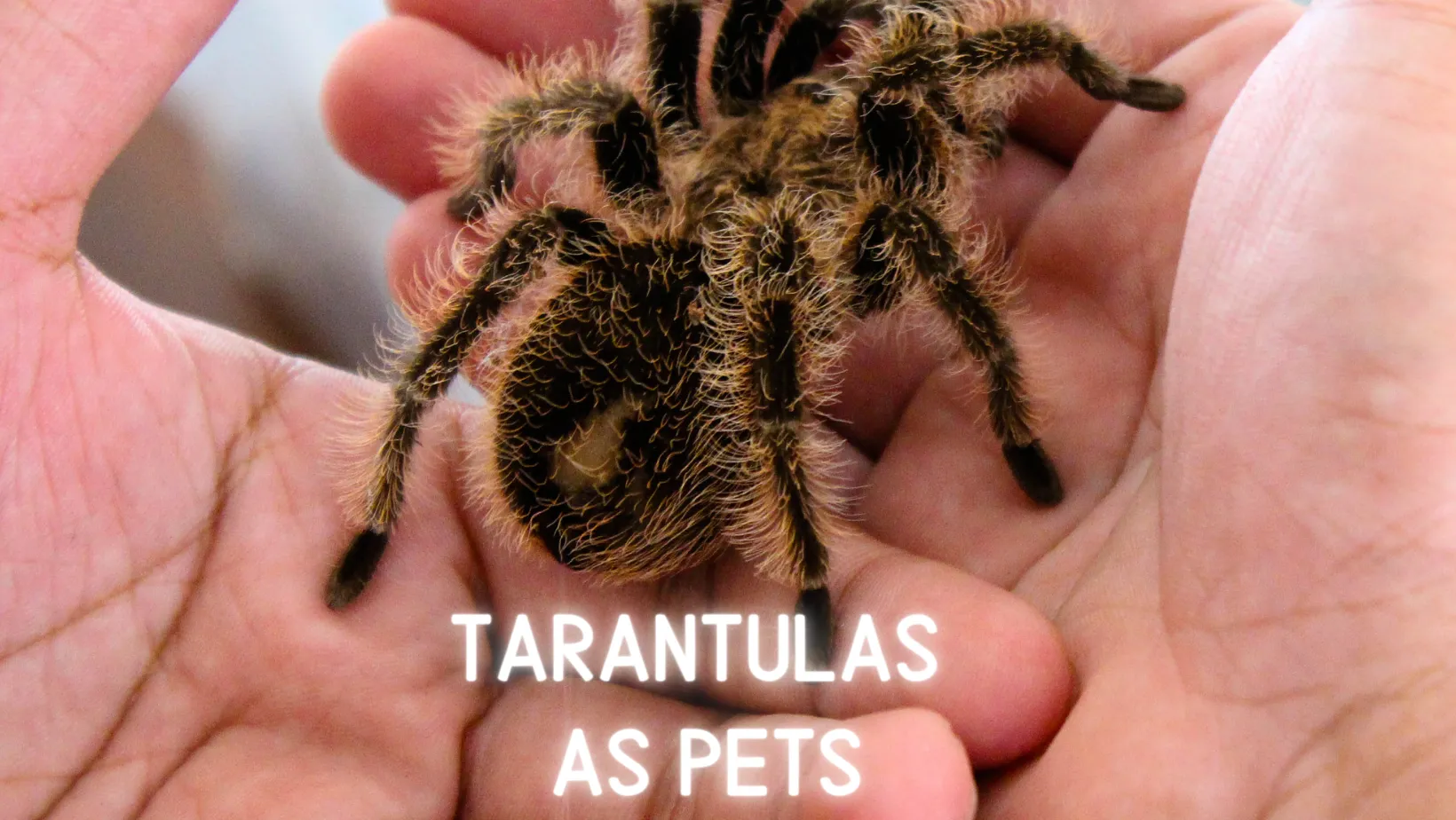
Tarantulas require a secure enclosure that mimics their natural habitat. The size of the enclosure should be appropriate for the species and the size of the tarantula. Provide a substrate, such as coconut fiber or peat moss, to maintain humidity and allow the tarantula to burrow. Include a water dish for hydration, and decorate the enclosure with hides, such as cork bark or artificial plants, to provide a sense of security. Ensure the enclosure is well-ventilated and that the temperature and humidity levels are appropriate for the tarantula’s needs.
Feeding and Hydration
Tarantulas are carnivores and require a diet of live insects. The size and type of insects should be appropriate for the tarantula’s size and species. Crickets, mealworms, and roaches are common food items. Remove any uneaten insects from the enclosure to prevent them from bothering the tarantula. Provide a shallow dish of fresh, clean water at all times. The frequency of feeding varies depending on the tarantula’s age and species; it is usually once or twice a week for adults.
Environmental Enrichment
While tarantulas may not be as interactive as some other pets, providing environmental enrichment is still important for their well-being. This can involve providing a variety of hiding places, varying the substrate, and occasionally rearranging the enclosure. Some tarantulas may benefit from opportunities to explore outside their enclosure under supervision, although this should be done with caution. Providing enrichment helps to stimulate the tarantula and reduce stress.
Conclusion
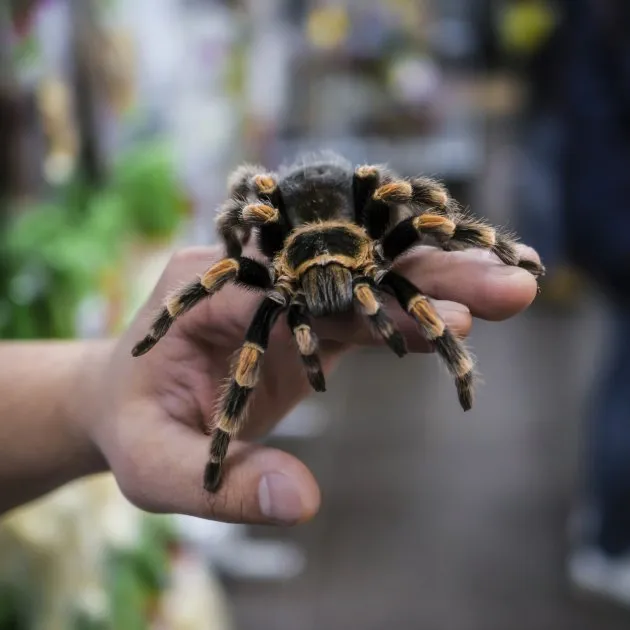
Keeping a wild tarantula as a pet is a decision that should be approached with caution. The legal, ethical, and practical considerations are significant. By understanding the regulations in your area, the potential risks, and the importance of animal welfare, you can make an informed decision. Choosing to acquire a captive-bred tarantula or adopting one is a more responsible and ethical approach, allowing you to enjoy these fascinating creatures without harming them or the environment. Remember, responsible pet ownership is about prioritizing the well-being of the animal and contributing to the conservation of wildlife.
